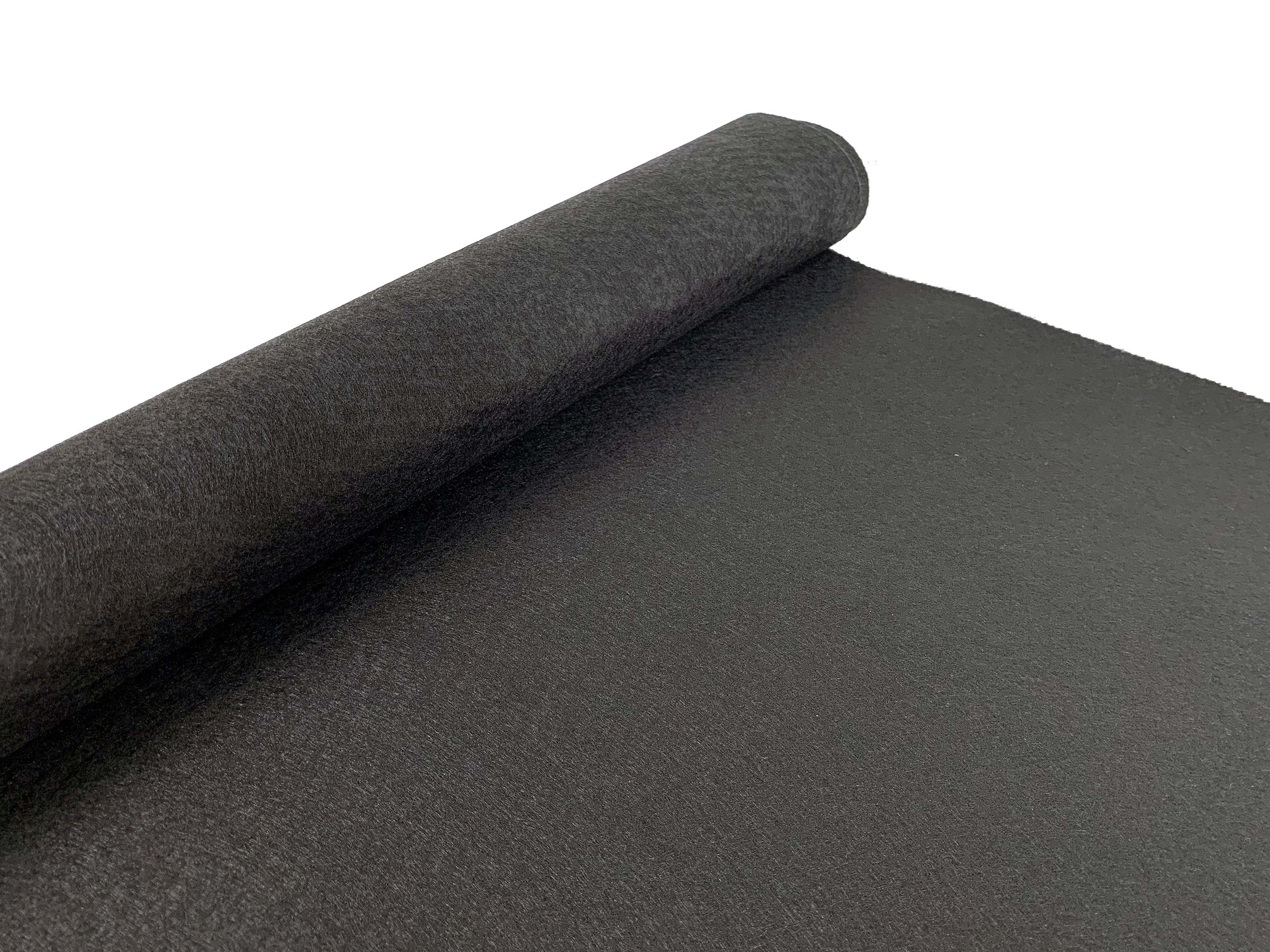A PP geotextile filter bag refers to a geotextile bag made from polypropylene (PP) material that is used for filtration purposes in geotechnical and civil engineering applications. Geotextiles are permeable fabrics that are designed to perform various functions, including separation, filtration, drainage, reinforcement, and erosion control in soil and rock structures.

PP geotextile filter bags are commonly used in applications where water needs to be filtered while allowing the passage of fine particles. These bags are typically filled with granular materials such as sand, gravel, or crushed stone to create structures like revetments, breakwaters, groins, or dikes. The geotextile bag acts as a containment barrier that retains the fill material while allowing water to flow through and be filtered.
The use of PP in geotextile filter bags offers several advantages. Polypropylene is a durable and chemically resistant material that can withstand exposure to water, soil, and other environmental conditions. It has excellent tensile strength and can provide stability and reinforcement to the filled structure. PP is also resistant to biological degradation, making it suitable for long-term applications.
PP geotextile filter bags are available in various sizes and strengths to accommodate different project requirements. They are typically designed with permeable characteristics that allow water to pass through while retaining the fill material within the bag. These bags can be installed by placing them in the desired location and then filling them with the appropriate granular material.
It’s important to follow the manufacturer’s guidelines and engineering specifications when using PP geotextile filter bags to ensure proper installation and performance. The specific design considerations, such as bag dimensions, material properties, and installation methods, may vary depending on the project requirements and site conditions.
Post time: Apr-24-2024
